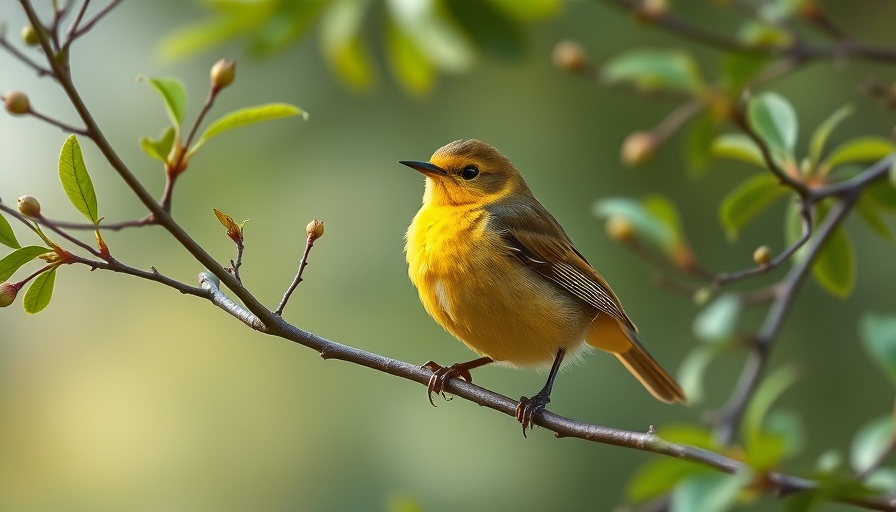
The Singers of Summer: Yellow-breasted Chats
During the balmy summer months, the melodies of the Yellow-breasted Chat fill the air along streamside vegetation in canyons, creating an enchanting atmosphere. Known for their vibrant yellow chests and unique green faces, these remarkable birds serenade with a variety of songs, earning their reputation as loquacious singers. The male Yellow-breasted Chat is particularly known for keeping nocturnal company, singing through the night during the breeding season to attract potential mates.
Where to Spot This Avian Marvel
As you venture outdoors, keep your eyes peeled for these elusive birds. You can typically find them tucked away in dense habitats like willow thickets, shrubbery, and low-lying vegetation, particularly at low to medium elevations near streams. Their fascinating appearance is complemented by their ability to blend seamlessly into their environment, a tactic that helps them evade predators.
A Journey to Mexico and Back
The life cycle of the Yellow-breasted Chat is as thrilling as their song. As summer winds down, these birds embark on a migratory journey southward to winter in Mexico and Central America. This seasonal pilgrimage is vital for their survival and reproduction, allowing them to return rejuvenated come spring for another round of singing—and perhaps a few new catchy tunes!
Why They Matter
Understanding the Yellow-breasted Chat goes beyond mere fascination with their beautiful songs. They serve as an indicator species within their ecosystems, providing valuable insights into the health of their habitats. Therefore, observing and learning about these birds not only enriches our appreciation of avian life but also underscores the importance of protecting their environments.
Connecting with Nature
For anyone captivated by wildlife, the songs of the Yellow-breasted Chat remind us of nature's beauty. Whether you're an avid birdwatcher or someone seeking a peaceful moment outdoors, taking the time to listen and observe these remarkable creatures can enhance your connection to nature. So, the next time you hear their enchanting notes echoing through the canyons, take a moment to cherish the loquacious chat in the bush.
 Add Row
Add Row  Add
Add 




Write A Comment